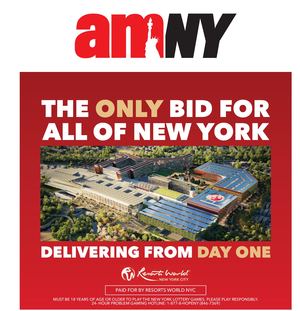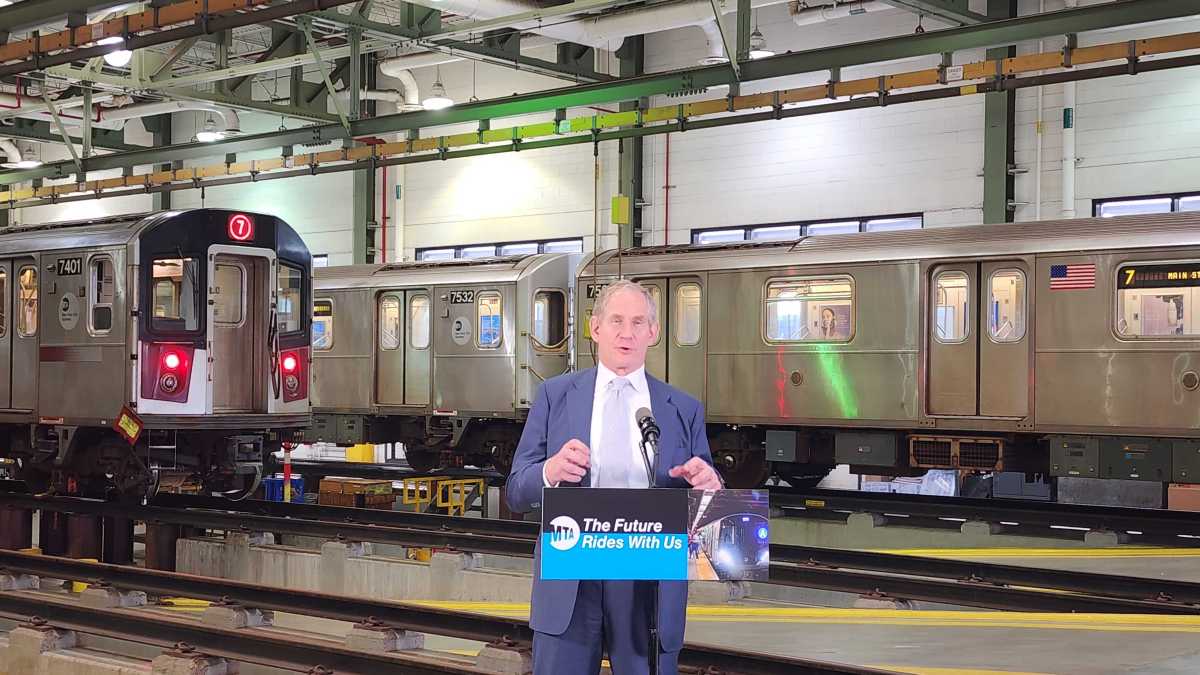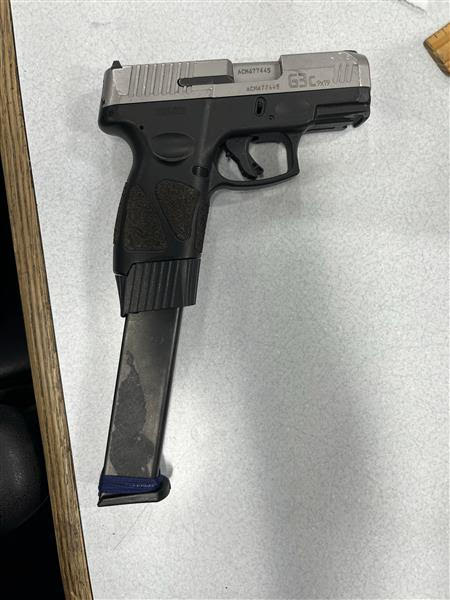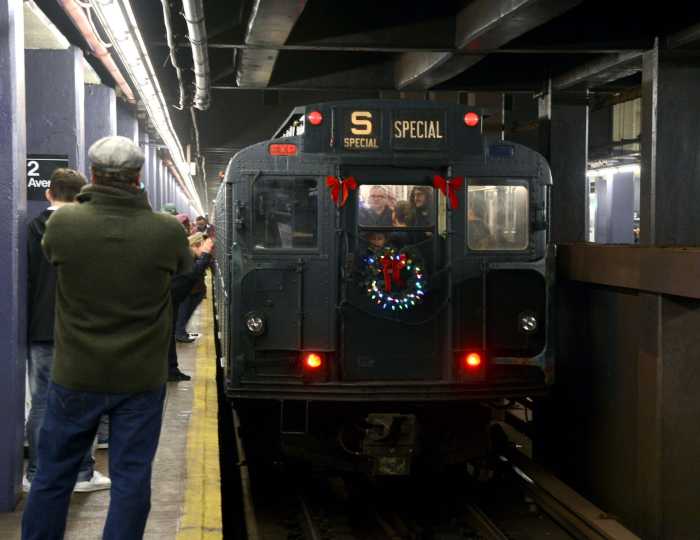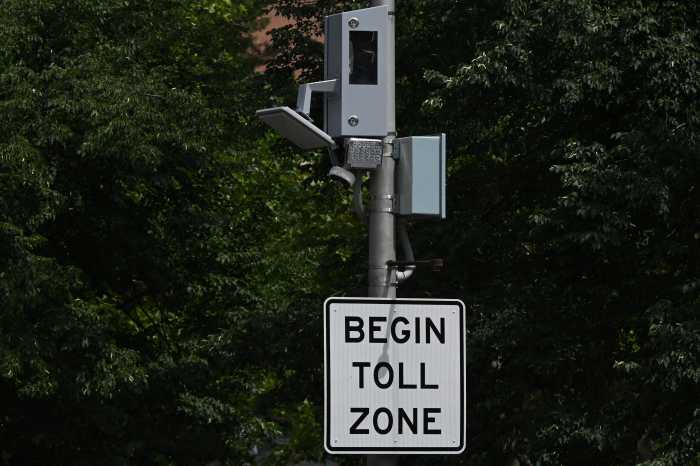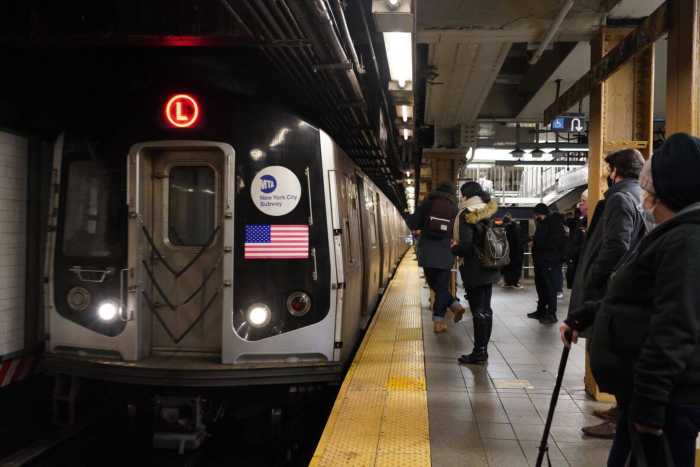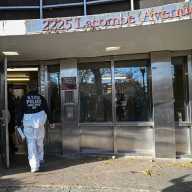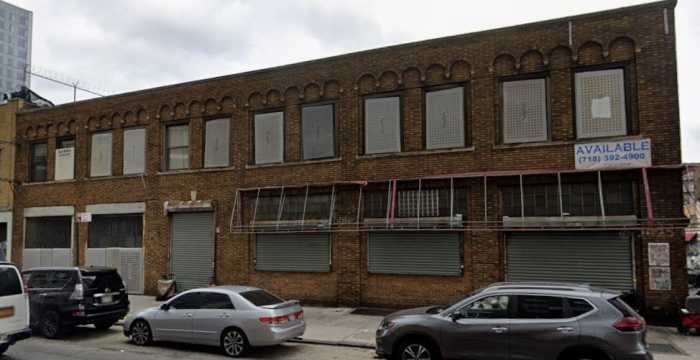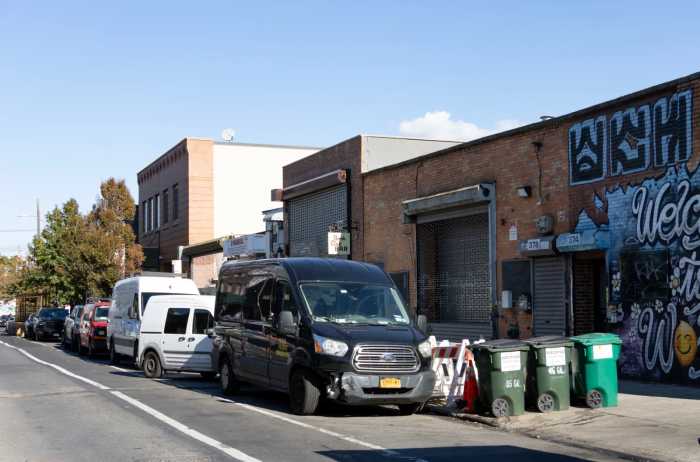MTA Chair and CEO Janno Lieber said Wednesday he is confident that the MTA will get the $68.4 billion needed to fund the five-year capital plan unveiled the same day.
The ambitious plan, officially rolled out at the MTA’s Corona Yard shop in Flushing, calls for 2,000 new railcars across the subway and commuter rail systems, as well as 60 ADA-compliant subway stations by 2029. It also proposes significant upgrades to the MTA’s elevated structures, tunnels, fare gates, signals and power system, among other investments.
Speaking at the Sept. 18 launch of the plan, Lieber said it is not the MTA’s job to put together a funding package. The MTA’s role, he emphasized, is to propose a minimum capital program that will address ridership needs and provide timely, reliable, and safe service.
“That [proposing a capital program] is what we do, and that’s what we’re starting today,” Lieber said. “The board is going to take action on it next week and then it goes to Albany. They are the decision-makers, ultimately, about how to put the funding package together.”
Lieber said that he has consistently received assurances from Hochul that she will restore the 2020-24 funding that congestion pricing would have enabled. However, he noted that any congestion pricing funding applies to the current capital plan and not to the 2025-29 plan.
“The congestion pricing issue that the governor has indicated she fully intends to resolve is part of the current MTA 2020-24 capital program,” Lieber said. “She said again and again that she will. And we’ve said again and again that we take her at her word.”
He added that Hochul is aware of the importance of an adequately funded MTA, stating that the success of the agency is linked to the success of New York City and the surrounding areas.
“I know that she understands the importance of what we’re trying to do here because the success of our transit system is totally intertwined with the success and affordability of the city and the region,” he remarked.
Lieber acknowledged that Hochul’s decision to pause congestion pricing caused the MTA to delay some ADA projects as well as some signal projects and the acquisition of some zero-emissions buses. However, he stressed that the projects were delayed but not canceled entirely.
He stressed that the projects that are slated to be undertaken as long as the congestion pricing funding is restored from no part of the 2025-29 capital plan.
“The projects that were being funded by congestion pricing, which the governor has said she will take care of, are one category, but we still have a lot of other stuff we need to get done in the next five years,” Lieber said. “We need to make sure that the power systems, which look like the land That Time Forgot, don’t fall apart like they have in New Jersey.”
The 2025-2029 Capital Plan draws on the MTA’s 20-Year Needs Assessment, a comprehensive blueprint published last year that outlines the MTA region’s transportation capital needs for the next generation.
Pre-empting questions about how the MTA planned to fund the five-year plan for 2025-29, Lieber said the State Legislature could not ignore the problems facing the MTA.
“How do you not invest in a system that is the lifeblood of the city; that is where every New Yorker interacts with the government most frequently?” Lieber said. “How do you not invest in that?
“Obviously, there’s a lot of work to be done in Albany and I’ve already begun working with the Governor’s team about plans for the upcoming 2025 budget season.”
Read More: https://www.amny.com/nyc-transit/
